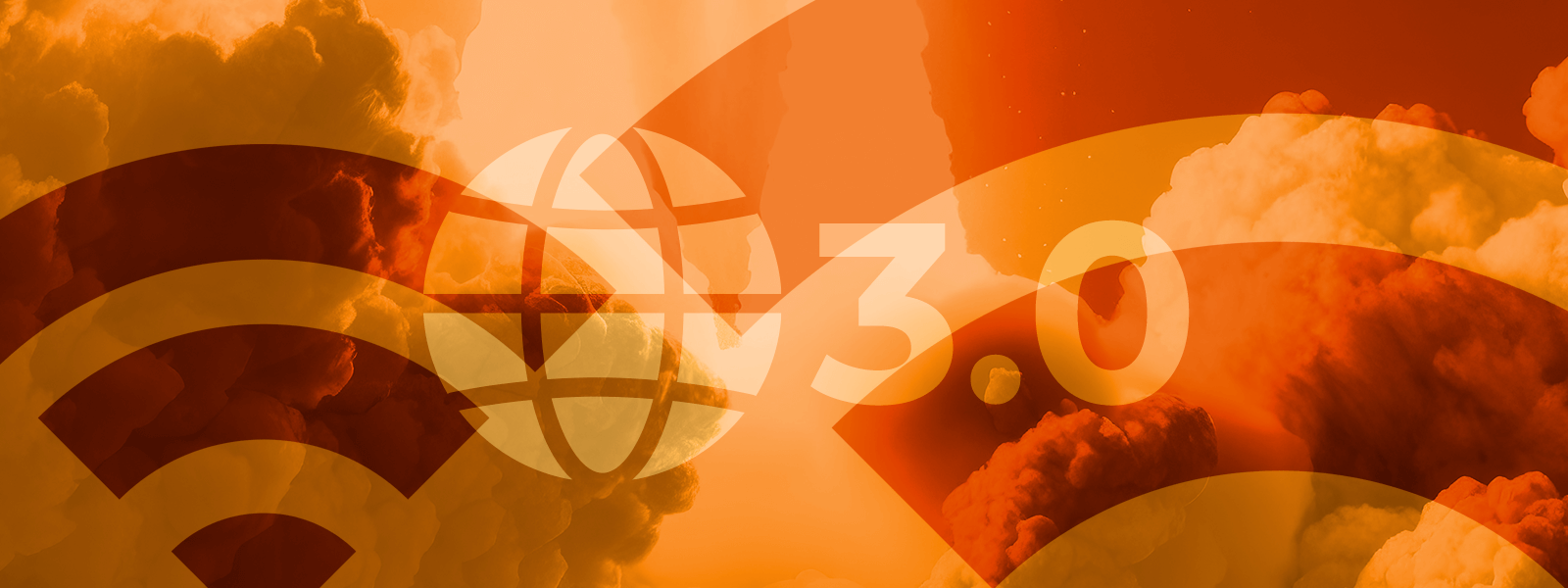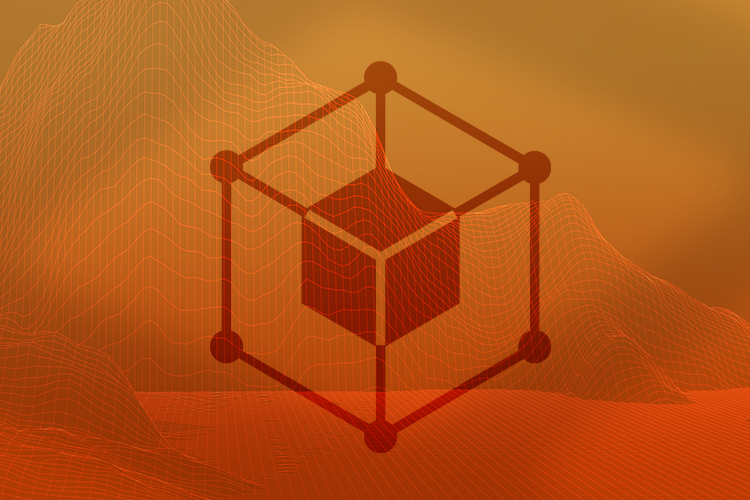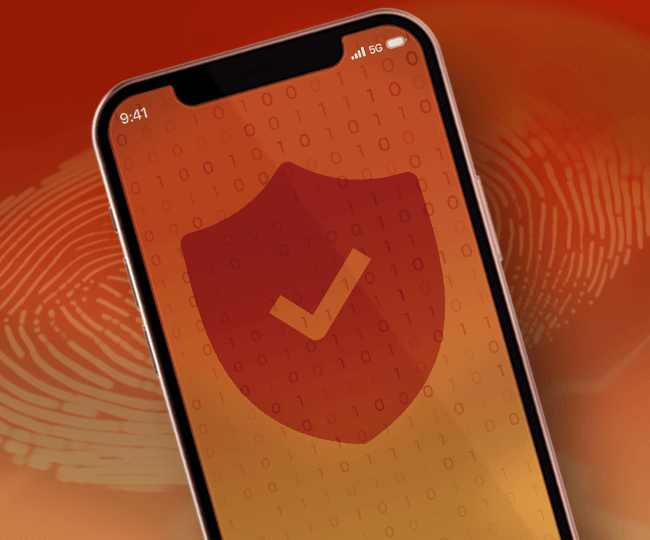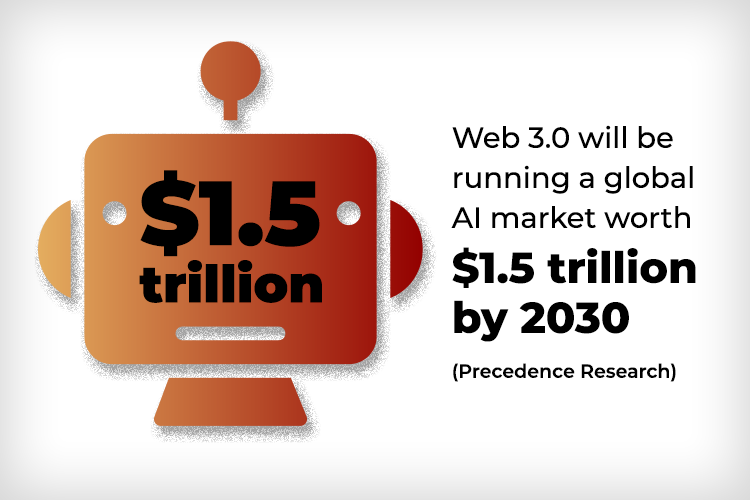Discover Why Web 3.0 Will be More Than Just a Number
Web 3.0, the next major iteration of the internet, is on the way.
And whilst its exact nature is still up for debate, it’s agreed that Web 3.0 will be driven by artificial Intelligence (AI) and machine learning (ML). These will offer search results powered by an understanding of query context rather than the current reliance on keywords.
Another big change will be a move to a decentralised web in which our data is held not by large entities like say Google and Facebook, but rather via public storage systems – blockchains.
These digital ledgers store data chronologically (hence a chain of blocks), document any changes and boast enhanced security measures that help protect data from misuse.
Smarter. More connected. And more immersive.
On the cards then will be a smarter, more connected and immersive internet – one fixated on the provision of ever-more personalised and relevant responses to search.
Prepare For Changes. And Some Challenges
A fundamental shift is therefore incoming. Decentralisation will switch control of data from corporations to individuals. AI-powered searching will foster accuracy and save time. And robust connectivity will be tough enough to handle a swelling Internet of Things. In short, Web 3.0 will change the way enterprises and consumers interact and search, locate and share information, and buy goods and services.
So in this Hookson blog we’ll look at which features are likely to characterise Web 3.0.
We’ll examine also the benefits these will bring to businesses and organisations operating online. Lastly, we’ll examine some key challenges that Web 3.0, amid its many benefits, could present.
Browsing History
Let’s begin though with a quick look at what defined Webs 1.0 and 2.0.
Web 1.0: the Read-Only Web – Passive Consumption
What became known as Web 1.0 emerged at the tail-end of the 80s.
This formative entity though had little to do with the social and commercial applications that today are nutshelling the internet.
Instead, this first iteration grew out from the scientific community. Required by this cohort was a way of more efficiently sharing data and information. Web 1.0 achieved this. But because user interaction, beyond reading Web 1.0’s static pages, wasn’t on the table, Tim Berners-Lee dubbed Web 1.0 the read-only web.
But that would change with…
…Web 2.0: the Read-Write Web – Interaction Establishes
In an early 1999 tech article ‘Fragmented Future’, information architect Darcy DiNucci coined the term Web 2.0.
It was an acknowledgement that user interaction, rather than passive user consumption, would soon engulf and define what we would regard as the internet.
An Accurate Appraisal
DiNucci’s piece was certainly forward-looking. And the evolution she wrote of turned out to be highly accurate too. She wrote of a near-future web. This would be interactive and engaging. It would present on consumers’ computer screens – of course – but also on cellphones and TV sets, games machines and vehicle dashboards.
It sounds rather like a prediction of the Internet of Things – a reality tailor-made for the power of Web 3.0. But more about that later.
So, the key points of difference that Web 2.0 imposed over its predecessor would include the two-way flow of information we now enjoy. Plus the interaction that drives so much of how we engage today.
These manifest in areas like e-commerce and content creation, social media and online gaming – none of which could have ever occurred within Web 1.0.



